May 21, 2025 | 03:06 GMT +7
May 21, 2025 | 03:06 GMT +7
Hotline: 0913.378.918
May 21, 2025 | 03:06 GMT +7
Hotline: 0913.378.918
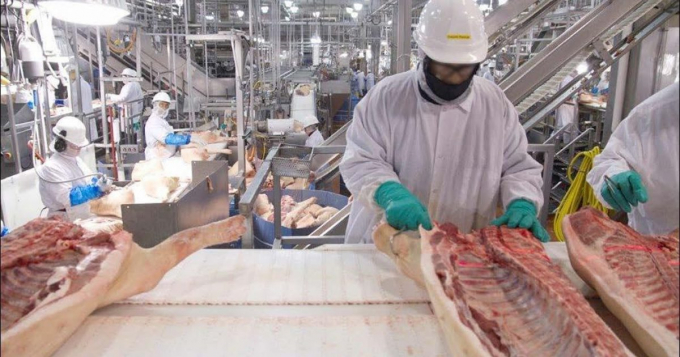
Global pork output in 2022 is forecasted to suffer a 2% decrease. Photo: TL.
According to the latest reports from the United States Department of Agriculture (USDA), global pork production volume is forecasted to decrease by 2% in 2022 down to 104,2 million tons. This is mainly due to the lower pork production rate in China.
A tightening supply of pigs is expected to become more serious because of lowered pig weights, low pork prices and high feed prices.
Pork production volume in the USA is expected to experience a slight drop in 2022. Little storage of pigs as well as producers' intention to keep sows at a low late at the end of 2021 will cause the supply to continue its decrease in the future.
US exports are however expected to increase by 3% as demands in most major markets have improved.
More imports into China will help meat exports activities of the USA. USDA forecasts China’s pork production volume will decrease in 2022 as the swine industry has adjusted in response to rapidly changing environmental conditions while the price for animal feed continues to skyrocket.
Hog prices in China have dropped significantly since the beginning of 2021 and remained low despite the recovery in the last months of 2021. Intensive butchering in 2021 has increased the output of pork production and frozen pork storage, but higher demand from consumers in autumn and winter in China will deplete these frozen pork stocks. These factors may cause pork production volume to decrease and pork importation to increase in China in 2022 especially in the latter half of the year.
In the plan of the Chinese Government in 2022, instead of encouraging production from small and medium farming households, large-cap companies will be the ones enjoying preferential policies.
China's pork imports are expected to reach nearly 4,8 million tons in 2022, an increase of nearly 6% after suffering a drop in 2021. Even so imports will remain below the 2020 record as pork supplies are heavily affected by the pandemic.
Translated by Hoang Duy
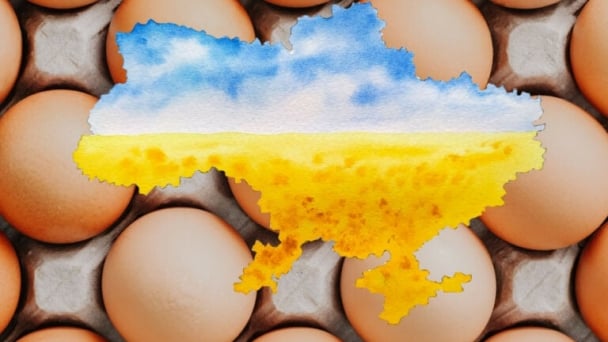
(VAN) Oliyar, a prominent Ukrainian oil and fat manufacturer, has revealed plans to build a farm for 2.3 million laying hens in the Lviv region. The additional production quantities promise to change the competitive landscape of the egg market of the Eastern Europe region.
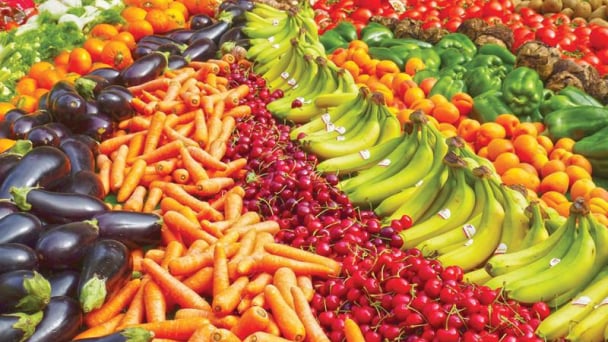
(VAN) On May 15, Ministry of Agriculture and Environment of Vietnam hosted the 'Connecting Vietnam - Germany agricultural, forestry and fishery trade' seminar in Berlin, Germany.
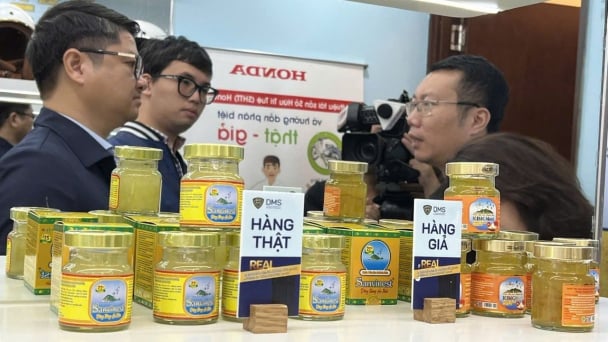
(VAN) In the face of counterfeit and imitation products, Khanh Hoa Salanganes Nest Company hopes for the prompt completion of the legal framework, strict enforcement against violations, and protection of the bird’s nest brand.
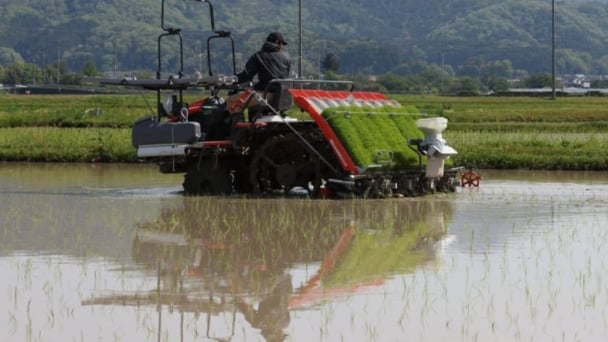
(VAN) Japan's efforts to lower the price of rice through the release of its stockpile may finally be making some progress, albeit at a snail's pace.
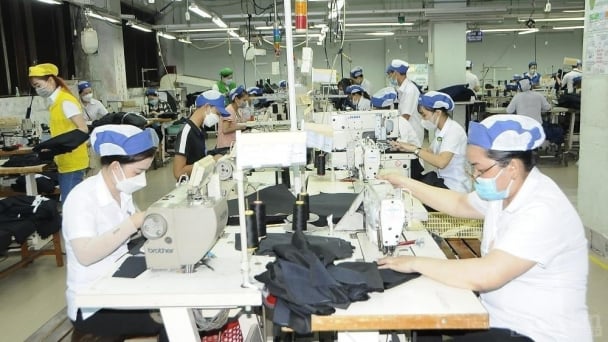
(VAN) U.S. tariffs are not only a 'shock', but also an opportunity for Vietnamese businesses to renew their mindset toward comprehensive development.
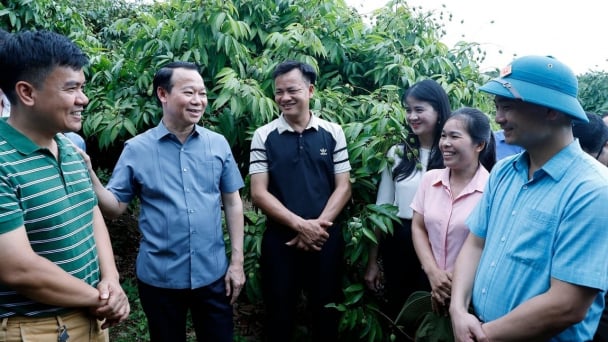
(VAN) As Bac Giang lychee enters the harvest season, Minister Do Duc Duy expects that the fruit will contribute greatly to agricultural exports due to standardized production and deep processing.
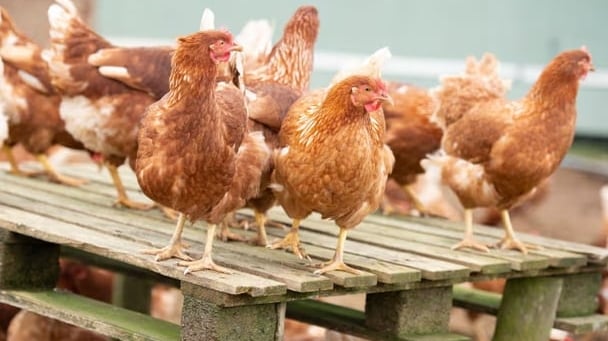
(VAN) Consumers have shown a preference for free-range eggs, but those farming systems are more vulnerable to biosecurity risks like bird flu.